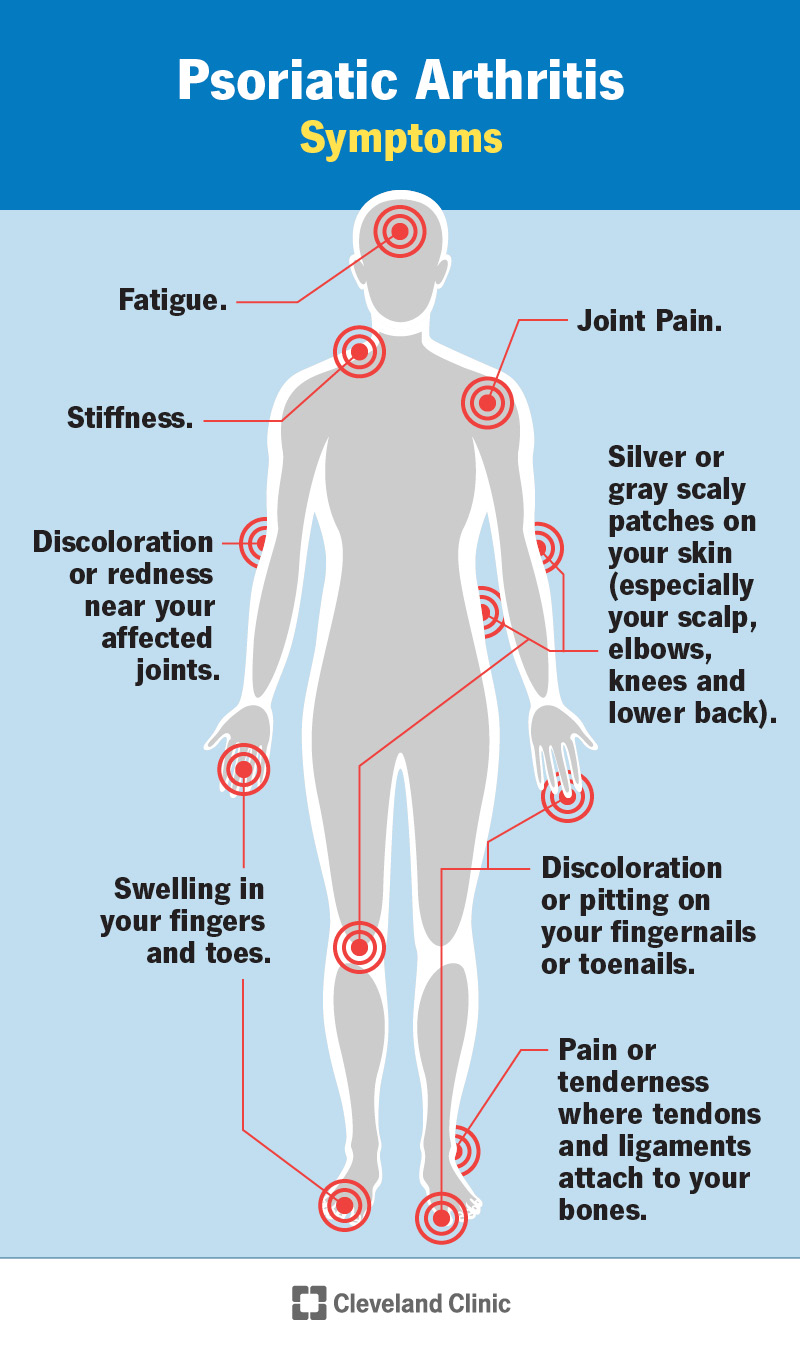Have you ever struggled with managing the complexities of psoriatic arthritis? It’s a condition that requires not just medical intervention, but also meticulous tracking of your symptoms, pain levels, mood shifts, and triggers. Enter the Psoriatic Arthritis Pain & Symptom Tracker. This handy journal is a lifesaver for anyone looking to gain better control over their condition.
Understanding the Importance of Symptom Tracking
Why Track Your Symptoms?
Tracking symptoms might seem tedious at first, but it’s one of the most effective strategies for managing psoriatic arthritis. By noting down daily experiences, you can identify patterns, trigger points, and even track the effectiveness of treatments. This type of data-gathering is empowering; it offers a clearer picture of your health journey.
The Challenges of Manual Tracking
Many people attempt to track their symptoms and pain levels using basic methods like notepad entries or mental notes. This manual effort often leads to inconsistency and missing data. The Psoriatic Arthritis Pain & Symptom Tracker simplifies this process, ensuring nothing slips through the cracks. You’ll start to see connections you might have otherwise missed.
Psoriatic Arthritis Pain & Symptom Tracker: Daily Pain & Symptom Journal, Chronic Illness Management Diary: Track Mood, Pain, Symptoms, Triggers, and Much More (Pain & Symptom Journals) Paperback – June 19, 2021
A Closer Look at the Psoriatic Arthritis Pain & Symptom Tracker
What’s in a Name?
Yes, the journal has a lengthy title, but it encapsulates everything you might need from a resource like this. It’s specifically designed for those living with chronic illnesses, mainly focusing on psoriatic arthritis. It encompasses various aspects of management, from tracking mood to identifying potential triggers.
Design and Usability
The design is straightforward, adhering to the concept that less is more. Each page is structured to guide you effortlessly through tracking your daily experiences. The layout is user-friendly, which makes it accessible even for beginners who might feel overwhelmed by the condition.
Breaking Down the Journal’s Features
Pain and Symptom Log
The core of the journal lies in its daily pain and symptom log. You can note the intensity, duration, and type of pain experienced each day. Adding a section for symptoms lets you write down anything out of the ordinary, helping to elucidate potential patterns or flare-ups.
Mood and Triggers Section
Living with a chronic illness can be emotionally taxing. The Checker tool tracks your mood, assisting you in identifying emotional triggers or patterns. This level of insight can be vital for psychological well-being, avoiding unnecessary stressors, and reaching a calmer state of mind.
Comprehensive Daily Diary
Here’s where the journal distinguishes itself. Besides pain and mood, you can reflect on your entire day, noting any potentially related activities or dietary choices. It turns passive monitoring into active engagement, enhancing your understanding of how lifestyle can influence your condition.
| Section | Purpose | Benefit |
|---|---|---|
| Pain and Symptom Log | Document intensity, duration, type of pain | Identifies patterns, tracks severity |
| Mood Tracker | Capture emotional state | Finds emotional triggers |
| Daily Journal | Reflect on daily activities and choices | Links lifestyle and symptom changes |
How This Tracker Enhances Chronic Illness Management
Patterns and Triggers
Daily tracking helps in forming a meticulous health record that highlights patterns over time. You may notice, for instance, that certain foods or weather conditions exacerbate symptoms. The ability to spot these early on can lead to better management choices.
Dialogue with Healthcare Providers
The detailed information gathered provides a concrete base for discussions with healthcare professionals. It makes appointments more productive, as you come prepared with an overview of how the condition fluctuates over time. Evidential data makes it easier to adjust treatments, medications, or lifestyle changes.
User Experience and Feedback
Community Opinions
Users praise it for being detailed yet easy to handle. Many say it becomes an indispensable part of their daily routine. There’s something intrinsically rewarding about having structured accountability, and it often acts as a motivational tool.
Potential Improvements
While it covers a lot of ground, some users have noted that they would appreciate more space for personal reflection or additional niches, like exercise logs for those incorporating physical therapy into their management plans.
Conclusion: A Valuable Companion
The comprehensive nature of the Psoriatic Arthritis Pain & Symptom Tracker cannot be overstated. It serves as more than a journal; it becomes a companion in your journey toward better health. By maintaining rigorous details of daily experiences, you empower yourself with the information needed to manage your condition more effectively.
The charm lies not just in its utility, but in its simplicity. In the spirit of Sally Rooney’s characters who thrive in familiar, everyday rhythms, this journal offers the same for your health. It helps you make sense of the chaos, giving your routine and your wellness a gentle, yet structured, rhythm.
In moments of doubt or frustration, you’ll find solace in the habit of writing, noting improvements, and recognizing patterns as a means of reclaiming a piece of your life previously overshadowed by illness.
Disclosure: As an Amazon Associate, I earn from qualifying purchases.



